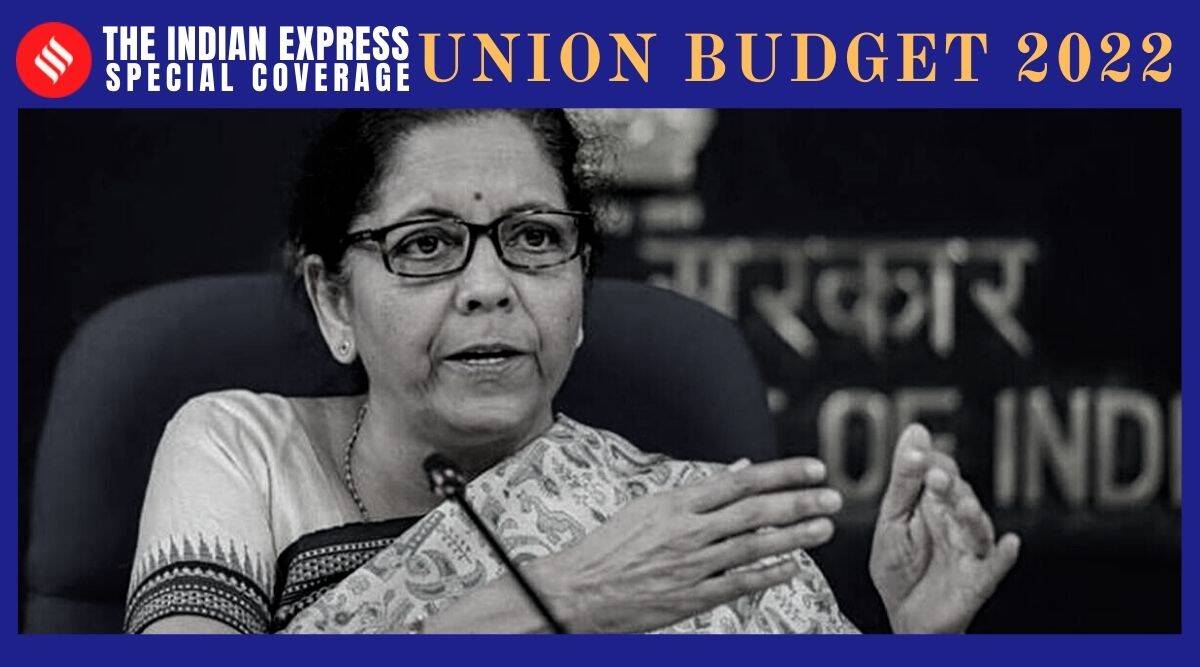 PMGKAY was introduced post the Covid-19-induced lockdown. (File)
PMGKAY was introduced post the Covid-19-induced lockdown. (File) The government has budgeted lower outgo for both food and fertiliser subsidy in 2020-23, with the savings arising largely from discontinuation of the Pradhan Mantri Garib Kalyan Anna Yojana (PMGKAY) and expected easing of global crop nutrient prices.
The Centre’s food subsidy bill hit an all-time high of Rs 541,330.14 crore in 2020-21. That was on account of the Food Corporation of India’s (FCI) outstanding loans totalling Rs 339,236 crore taken from the National Small Savings Fund (NSSF) being repaid at one go, along with the implementation of PMGKAY. The latter scheme entailed the issue of 5 kg of free grain per month to some 80 crore persons, over and above their regular public distribution system (PDS) quota of 5 kg wheat or rice at Rs 2 and Rs 3/kg, respectively.
PMGKAY was introduced post the Covid-19-induced lockdown. In 2020-21, it was effective for eight months, from April to November 2020 till the Bihar Assembly elections. In the current fiscal as well, the revised food subsidy of Rs 286,469.11 crore has overshot the budget estimate of Rs 242,836 crore mainly because of PMGKAY. The scheme was reintroduced in May 2021 following the second wave of Covid and has been extended till March 2022, when elections to Uttar Pradesh, Punjab and three other states are over.
In the coming fiscal, the budgeted food subsidy is only Rs 206,831.09 crore, with no FCI dues to be cleared and also no further issue of free grains under PMGKAY. FCI was earlier being forced to borrow from NSSF, at interest rates ranging from 7.4% to 8.8% per annum, as its subsidy requirement (on account of selling grain at way below economic cost) wasn’t being fully covered through the Union budget. In 2020-21, 31.52 million tonnes (mt) of rice and wheat was distributed free of cost under PMGKAY. During April-December 2021, 30.84 mt has already got distributed, with total allocation for the fiscal at 44.86 mt.
The fertiliser subsidy bill, too, shot up to Rs 127,921.74 crore in 2020-21 following the Centre’s move to pay off past arrears to companies. For the current fiscal, the subsidy was budgeted at only Rs 79,529.68 crore. The revised estimates have, however, ended up higher at Rs 140,122.32 crore. The overshooting has been primarily due to spiraling global prices.
Urea imports into India are taking place now at $900-1,000 per tonne (cost plus freight) and di-ammonium phosphate at $900, while ruling at $300 and $400 respective levels a year ago. Prices of MOP (muriate of potash), too, have surged over this period, from $230 to $600 per tonne. So have that of imported inputs: phosphoric acid ($689 to $1,330), ammonia ($300 to $900), rock phosphate ($100 to $200) and sulphur ($150 to $300).
For coming fiscal, the fertiliser subsidy has been pegged lower at Rs 105,222.32 crore. This is based on the expectation of international prices of fertilisers and their raw materials/intermediates easing. The rating firm ICRA Ltd has estimated the actual requirement of subsidy at Rs 130,000-140,000 crore. If prices don’t ease, the Centre may have to make additional allocations, as has been the case in 2021-22.
Significantly, Finance Minister Nirmala Sitharaman in her budget speech has not spelt out any plans for rationalisation of food or fertiliser subsidy. These would involve raising or deregulating urea prices and bringing it under a fixed per-tonne nutrient-based subsidy regime (like in all other fertilisers), increasing PDS grain issue prices and ending open-ended procurement of wheat and rice at minimum support prices.
The budget has neither proposed any reform of the existing food and fertiliser subsidy regimes nor signalled greater reliance on less market-distorting direct income support to farmers. An amount of Rs 68,000 crore has been allocated towards Pradhan Mantri Kisan Samman Nidhi, which provides a payment of Rs 6,000 in three equal installments to all landholding farmer families.
This is only marginally higher than the Rs 67,500 crore in the revised estimates for 2021-21 and Rs 60,990 crore in 2020-21.
- The Indian Express website has been rated GREEN for its credibility and trustworthiness by Newsguard, a global service that rates news sources for their journalistic standards.

